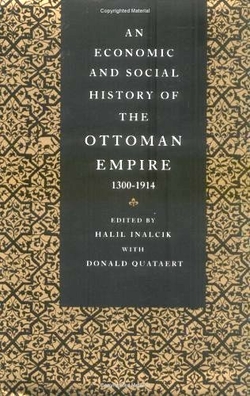 The proximity of the Ottoman Empire to Europe sometimes makes it easy to forget just how very different it was to its Western neighbors. Post-World War II scholarship on Ottoman social and economic history has done much to point out the details of those differences; in one recent example, The Imperial Harem (Oxford University Press, 1993), for instance, Leslie P. Pierce unravels the amazing personal life of the sultans.
The proximity of the Ottoman Empire to Europe sometimes makes it easy to forget just how very different it was to its Western neighbors. Post-World War II scholarship on Ottoman social and economic history has done much to point out the details of those differences; in one recent example, The Imperial Harem (Oxford University Press, 1993), for instance, Leslie P. Pierce unravels the amazing personal life of the sultans.
Inalcik, perhaps the greatest living historian of the Ottoman Empire, joins forces here with four of his colleagues to present the state of the art. Multi-author books tend to fly off in various directions; thanks to rigorous editing, the five authors dealing with four eras and one topic (money in the Ottoman Empire) provide a single overview of their materials.
While readily acknowledging it to be "an area of study still in its infancy," the authors establish Ottoman social and economic history as a cohesive subject over six centuries and several continents. For example, Quataert generalizes that most Ottoman landholdings "were and remained small in size." They show the empire as an important factor in everything from the spice trade in the early modern period and the emergence of Cairo as an international entrepôt to the patterns of landholding in the Middle East today. They also turn up a vast array of fascinating information (one favorite: "In all Ottoman towns there were bachelors' quarters which were locked at night to improve the security of the common people").